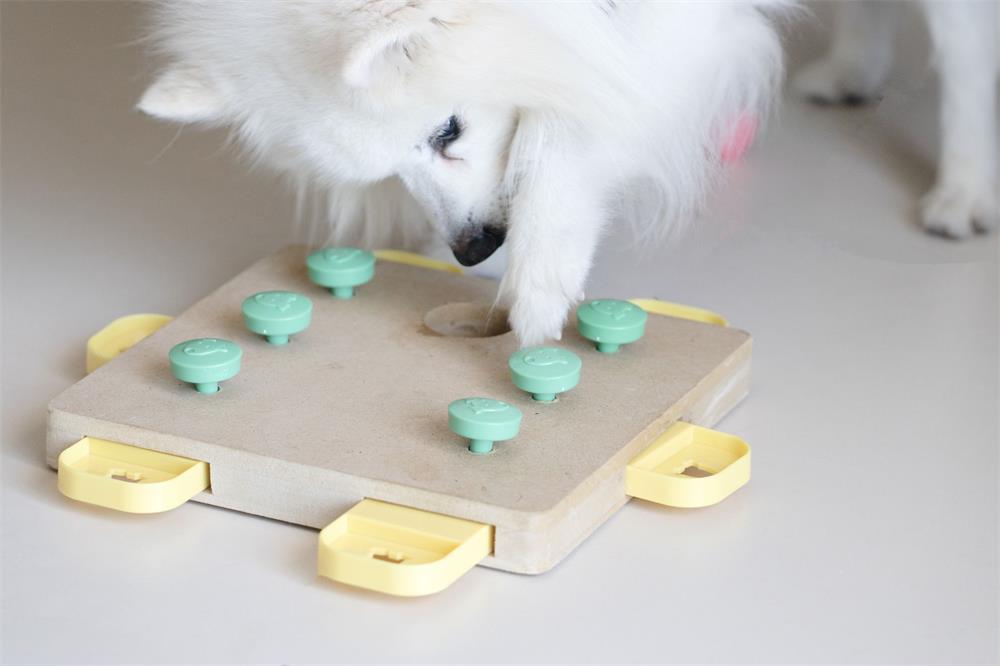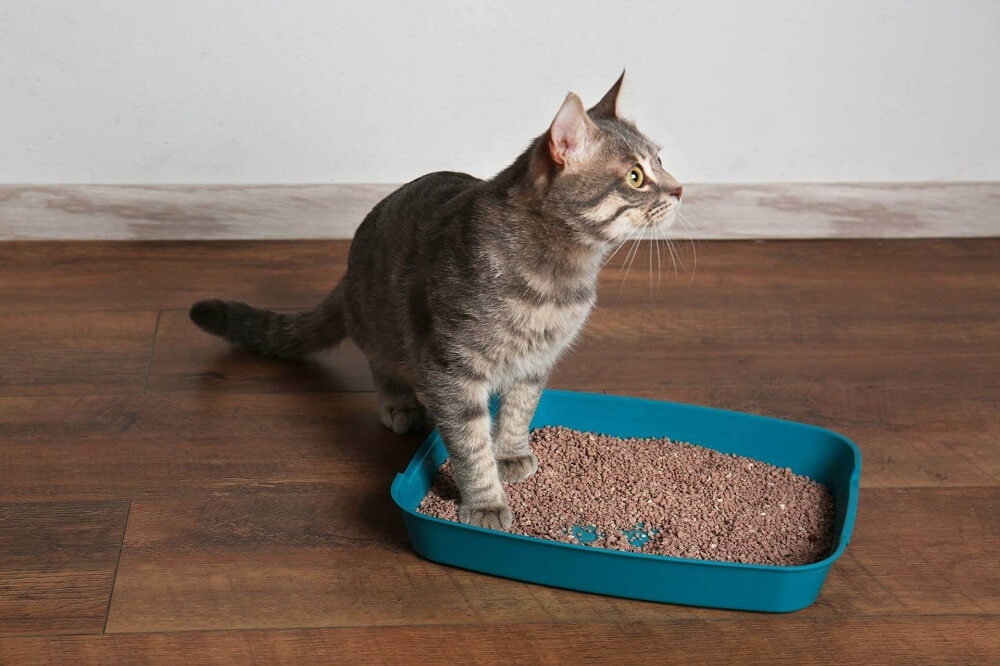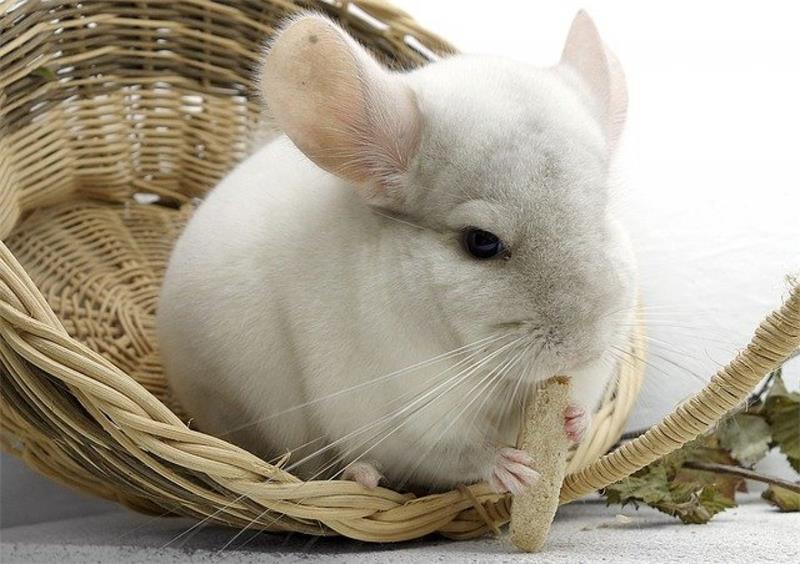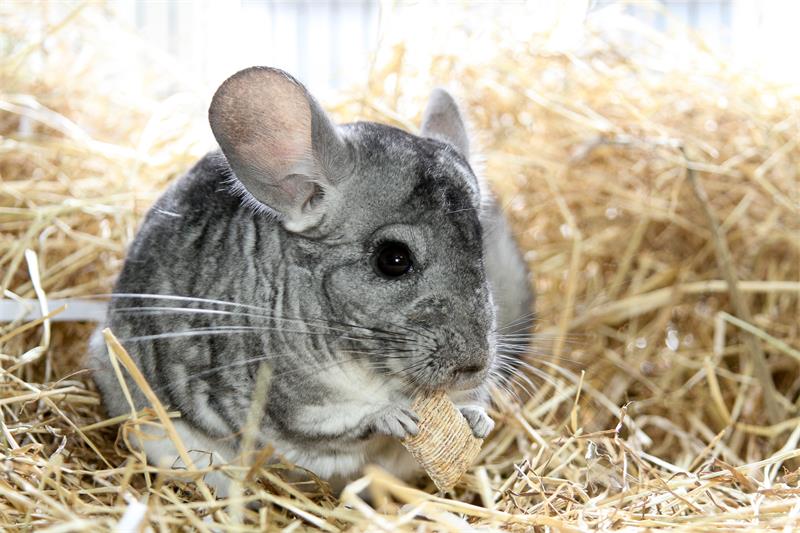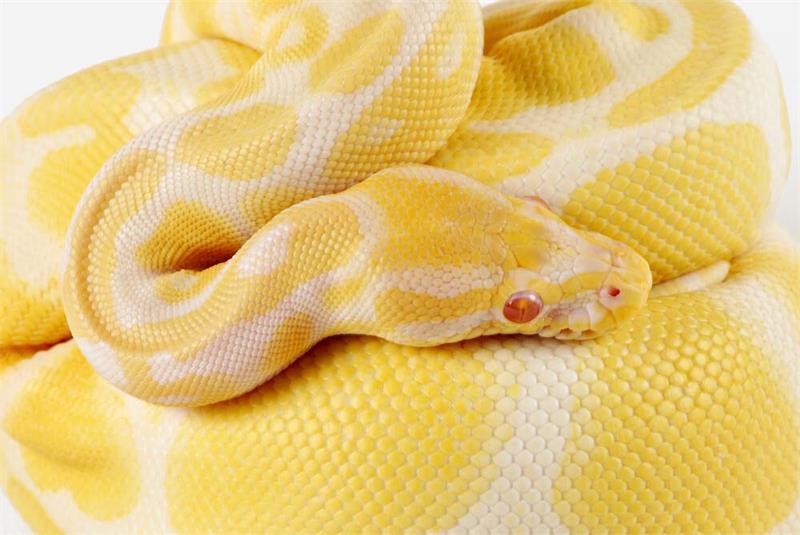
Table of Contents
Ball pythons are one of the most popular pet snakes in the world, thanks to their docile temperament, manageable size, and beautiful color variations. However, like any animal, they can also suffer from various health issues that can affect their quality of life and even be life-threatening if left untreated. As a responsible ball python owner, you should be aware of the signs of an unhealthy ball python and how to prevent and treat common health problems.
How to Monitor Your Ball Python’s Health
The best way to monitor your ball python’s health is to observe its behavior, appearance, and appetite regularly. You should also handle your snake gently and inspect its body for any signs of injury, infection, or parasites. Some of the things you should look for include:
- Behavior: A healthy ball python should be active and alert, especially at night when they are most active. They should also be curious and responsive to their environment and your handling. A sick ball python may be lethargic, irritable, defensive, or hide excessively. They may also show signs of stress, such as hissing, striking, or curling into a tight ball.
- Appearance: A healthy ball python should have clear eyes (except when shedding), smooth and supple skin, good body condition (not too thin or too fat), and no visible wounds or deformities. A sick ball python may have cloudy or swollen eyes, dull or wrinkled skin, abnormal lumps or bumps, scale rot, mites, or fungal infections.
- Appetite: A healthy ball python should eat regularly and have a strong feeding response. They should also defecate and shed normally. A sick ball python may refuse food for prolonged periods of time (more than a few weeks), regurgitate food, have difficulty swallowing or digesting food, have abnormal feces or urates (white part of the poop), or have incomplete or irregular sheds.
If you notice any of these signs in your ball python, you should consult a qualified reptile vet as soon as possible. Some health problems may be minor and easily treatable at home, but others may require professional diagnosis and treatment.
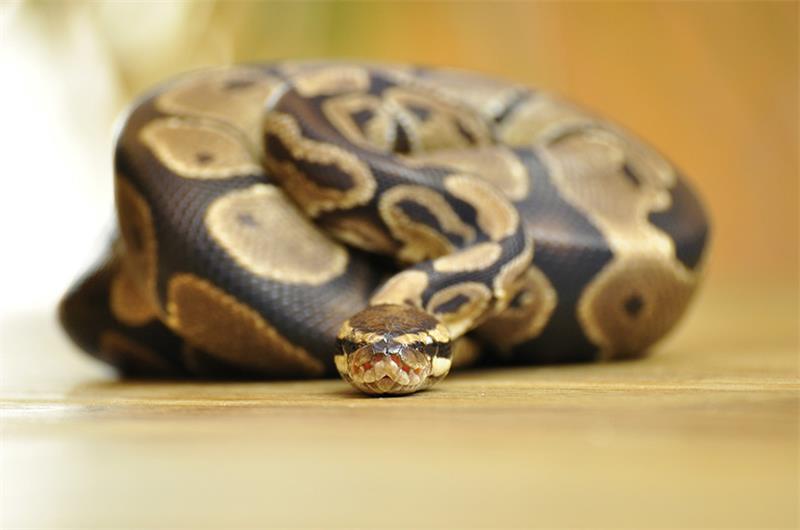
How to Prevent Common Health Problems in Ball Pythons
Many health problems in ball pythons can be prevented by providing them with proper husbandry and care. This includes:
- Habitat: You should provide your ball python with an appropriately sized and secure enclosure that has a temperature gradient of 95°F for the warm end and 78°F for the cool end. You should also provide adequate humidity (50-60%), ventilation, lighting (optional but beneficial), substrate (paper-based bedding, reptile carpet, forest bedding or Aspen wood shavings), hiding places (synthetic or natural wood hiding logs), climbing branches, water dish, and plants. You should avoid using pine or cedar bedding, as they contain oils that can irritate your snake’s skin. You should also clean your enclosure regularly and disinfect it with a reptile-safe cleaner.
- Diet: You should feed your ball python with thawed frozen rodents of appropriate size that are slightly larger than the widest part of your snake’s body. You should feed your snake once every 7-10 days for adults and once every 5-7 days for juveniles. You should avoid feeding live prey as they can injure your snake. You should also provide fresh water at all times and change it daily.
- Handling: You should handle your ball python gently and with confidence. You should avoid handling your snake when it is shedding or right after it has eaten. You should also wash your hands before and after handling your snake to prevent the transmission of diseases or parasites.
- Quarantine: If you have more than one snake or other reptiles in your home, you should quarantine any new arrivals for at least 3 months before introducing them to your existing pets. This will help prevent the spread of any diseases or parasites from one snake to another. You should also disinfect any equipment or materials that come into contact with different snakes.
How to Treat Common Health Problems in Ball Pythons
Despite your best efforts, your ball python may still develop some health problems that require treatment. Some of the most common health problems in ball pythons are:
- Inclusion Body Disease (IBD): IBD is a fatal viral disease that affects the nervous system and other organs of ball pythons. It causes symptoms such as stargazing (looking upwards), head tremors, corkscrewing (twisting the body), regurgitation, weight loss, and mouth rot. There is no cure for IBD and infected snakes should be euthanized to prevent spreading the virus to other snakes.
- Respiratory Infections: Respiratory infections are caused by bacteria, viruses, fungi, or parasites that infect the nose, throat, and lungs of ball pythons. They cause symptoms such as wheezing, sneezing, nasal discharge, mouth breathing, lethargy, and loss of appetite. Respiratory infections can be treated with antibiotics, anti-fungal drugs, or anti-parasitic drugs depending on the cause. You should also increase the humidity and temperature in your snake’s enclosure to help them breathe better.
- Mouth Rot: Mouth rot is a bacterial infection of the mouth and gums that causes red spots, ulcers, swelling, pus, and bad odor. It can be caused by poor hygiene, injuries, stress, or other infections. Mouth rot can be treated with antibiotics and topical antiseptics. You should also clean your snake’s mouth with a cotton swab soaked in diluted hydrogen peroxide or betadine solution.
- Shedding Problems: Shedding problems occur when your ball python fails to shed its skin completely or in one piece. This can be caused by low humidity, dehydration, mites, infections, or injuries. Shedding problems can be prevented by providing adequate humidity (50-60%), soaking your snake in warm water before shedding, and removing any stuck shed with a damp cloth or tweezers. You should also check your snake’s eyes and tail for any retained eye caps or tail tips and remove them carefully if necessary. If you have trouble removing any stuck shed, you should consult your vet for assistance.
- Parasites: Parasites are organisms that live on or inside your ball python and feed on its blood or tissues . They can cause symptoms such as itching, skin irritation, anemia, weight loss, diarrhea, regurgitation, mouth rot, respiratory infections, and septicemia . Parasites can be external (such as mites or ticks) or internal (such as worms or protozoa) . Parasites can be treated with anti-parasitic drugs or topical treatments depending on the type of parasite . You should also disinfect your snake’s enclosure and equipment to prevent re-infestation.
These are some of the most common health problems in ball pythons, but they are not the only ones. Your ball python may also suffer from other issues such as thermal burns, prey bites, scale rot, fungal infections, abscesses, tumors, egg binding, or genetic defects. If you notice any signs of illness or injury in your ball python that are not covered in this article, you should seek veterinary attention as soon as possible.
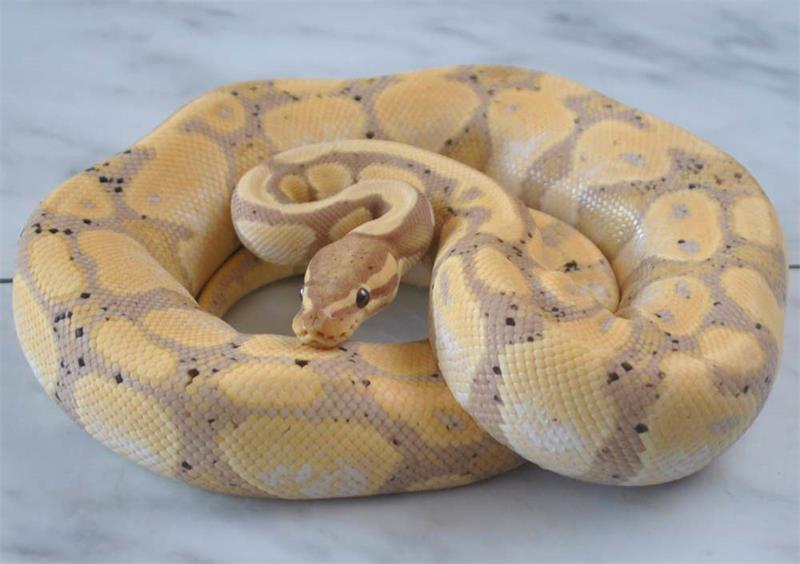
Conclusion
Ball pythons are generally healthy and easy to care for pets, but they can still develop health problems that require your attention and intervention. By monitoring your ball python’s health regularly and providing them with proper husbandry and care, you can prevent most health problems and ensure your snake’s well-being. However, if you notice any signs of illness or injury in your ball python, you should not hesitate to contact a qualified reptile vet for diagnosis and treatment. Remember that your ball python depends on you for its health and happiness.



